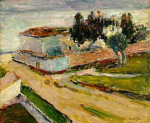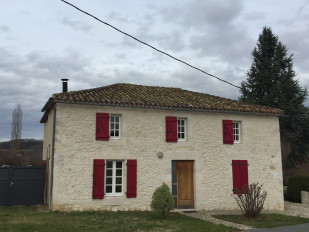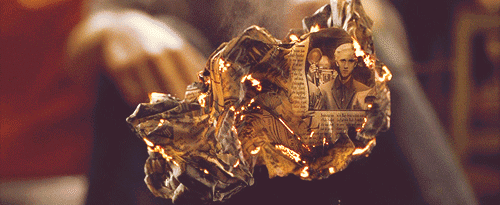 The great artist Henri Matisse (1869-1954) was inspired to use colour in radical new ways during his first visit to Corsica.
The great artist Henri Matisse (1869-1954) was inspired to use colour in radical new ways during his first visit to Corsica.
After their wedding in early 1898, Matisse and his wife Amélie Parayre spent their honeymoon first in London and then in Ajaccio.
In London, Matisse was able to view Turner's work of which he later said:
Turner lived in a cellar. Once a week he had the shutters fully open and then what incandescence! What dazzlement! What jewels!
Amélie and Henri then travelled to Ajaccio in Corsica, where Amélie's sister Berthe would later settle, taking up the post of Director of the Ecole Normale d'Institutrices (women's teacher training college) and welcoming Matisse family members regularly to the island.
From February to July, the couple stayed in the Villa de la Rocca (now the Villa Matisse) near the Hospice Eugénie (now the Académie de Corse) in the town's fashionable quartier des étrangers.
Matisse, who had grown up in North Eastern France, was totally dazzled by the light in Corsica. He said of this experience:
Everything glistens, everything is colour, everything is light.
This was one of the pivotal moments in Matisse's life as his own 'shutters' seemed to be opening.
As a young man he had started training as a lawyer but took up painting aged 20 when his mother gave him a paintbox to help him pass the time while he was convalescing from appendicitis; another turning point. In his own words:
From the moment I held the box of colours in my hands, I knew this was my life. I threw myself into it like a beast that plunges towards the thing it loves.
By 1898 he had been painting for nearly a decade and had become more adventurous with colour, for example re-interpreting a Breton mill he had first depicted in a range of greys, using bold crimson, cobalt, yellow and green brush strokes instead.
But in Corsica Matisse literally saw the world in a different light. He seems to have developed a new, stronger understanding of colour as the key medium for his imaginative expression. The 50 or so paintings he produced in Ajaccio paved the way for his 'Fauvist' period which followed a few years later.
Fauvism (not Matisse's term) was characterised by the bold use of clashing colours to express feeling as well as form. Although short-lived as a 'movement' it led Matisse to further and greater innovation.
Matisse spoke of this period in Ajaccio as a "revelation":
I felt growing within me a passion for colour.
In Ajaccio he painted what was close at hand; views of the Hospice Eugénie (Landscape – the pink wall) using a range of pinks, blues and violets. He painted olive and peach trees, the sunset, the garden of an old mill and, of course, his wife Amélie. He loved the nearby coastal route des Sanguinaires but didn't venture far for his subjects.
Back in mainland France the reaction of colleagues to his Corsican canvasses was less than ecstatic and they were deemed too primitive and disturbing to be shown. One painter friend said of a batch which arrived in Paris that they looked like they had been "painted by a mad and epileptic Impressionist".
By July, Amélie was pregnant with their first child and they moved on to Toulouse in South West France to be with her family – another new location which inspired another series of paintings and a further phase of Matisse's artistic development.
Speaking to Hilary Spurling, Marie-Dominique Roche, former curator of Ajaccio's Musée Fesch, recollected that Corsica meant a great deal to Matisse and that he was always truly moved when he spoke of his time on the island:
He felt himself at home everywhere…the Corsicans appealed to him. They were the opposite of all those people who turn their back on you. Everyone felt at home, even in someone else's home. That was what struck him.
Hilary Spurling's brilliant biography is the definitive source for Matisse's life.
Illustration: Landscape – the pink wall (Henri Matisse, 1898)
Other posts on Corsican themes:
The Last Corsican (July 2017)
Boswell in Corsica
Escher in Corsica
Sebald in Corsica
Edward Lear in Corsica
Conrad in Corsica
John Minton in Corsica
Seneca in Corsica
Paoli in London
Village wisdom: Corsican proverbs and sayings
Poem: Corsica





